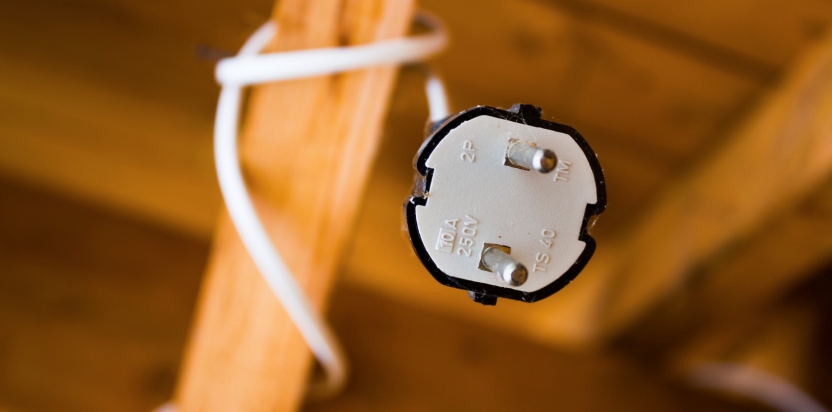Off grid: utopia or reality?
Tesla batteries and the revolution of self-sufficient energy


Tesla Energy is preparing to present an updated version of the famous Tesla’s home battery Powerwall, presented last spring. This said Tesla CEO, Elon Musk, in Paris, whose ambitious dream is to “change the way the world uses energy. We’re talking at the terawatt scale. The goal is to complete the transformation of the entire energy infrastructure of the world,” The gigafactory that Tesla and Panasonic are building in Nevada is indeed a very ambitious objective. The new Tesla Powerwall will focus on improved capacity of energy storage – photovoltaic or energy obtained from the power supply source at times when the demand is low, for example during the night – and will debut in July or August 2016. A few months after the test of the Australian state of Queensland, the market for household electricity accumulators appears to be growing strongly, helped by the increased use of residential photovoltaic systems. At the moment, however, despite the impressive Tesla entry into the market, these batteries are still very expensive and cumbersome for most customers. And for most people the the idea of not having to rely on the electricity network thanks to a sufficient number of solar panels and batteries for storage – is not in the offing in the foreseeable future.

Breaking away from the electricity grid, abandoning the use of gas, producing “at home” all the energy we need with clean and local sources: the off grid option (a building that is completely independent from distribution network) in the United States has already many followers, including actors Ed Begley Jr. and Daryl Hannah. And the presentation at Expo of the “Off the Grid Box” (the “box” that allows you to go off the grid) has aroused international interest, particularly in the humanitarian sector, where it is now used for the electrical systems of the nurseries in South Africa or for the production of clean water to the Philippine island of Bantayan. Energy self-sufficiency with clean sources and cost saving: it seems a utopia, but technically it's already reality. Practically, instead, the major concerns remain about the starting costs and the big planning required for an “off the grid building”, such as land investigation and rainfall data, permissions and security checks of storage systems, water analysis etc. In the US there are strategies to get around the problem of the start investment, as the third part ownership models, crowdfunding (the case Mosaic, for example) and financing by third parties of installations that can pay their own cost with the energy they produce. We have to look with interest at this green dream, even because, in the case of Tesla Energy, an important first budget is around the corner: by 2020, in fact, the gigafactory will have an annual production capacity of 35 gigawatt-hours. That is much more of all lithium-ion batteries manufactured in 2013 combined. Utopia or reality?
